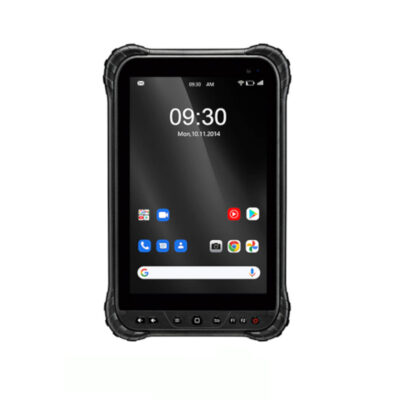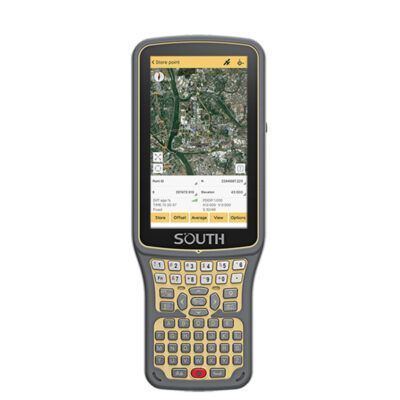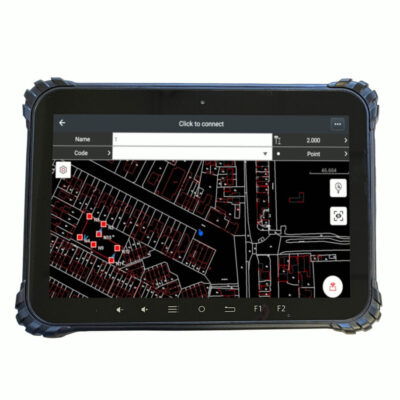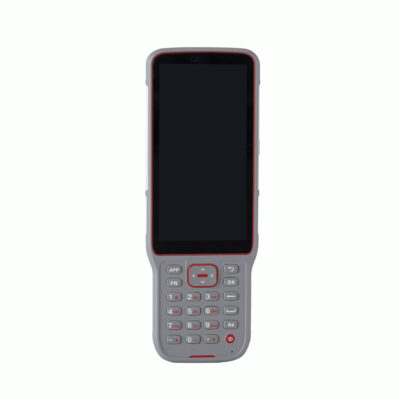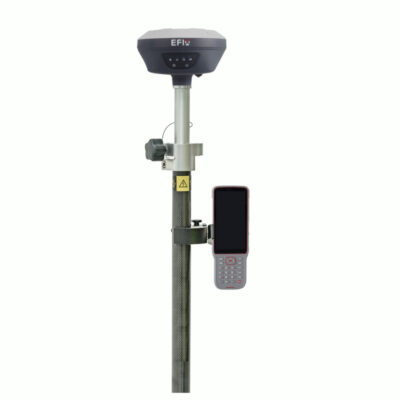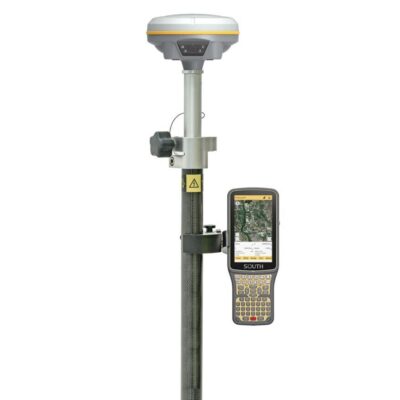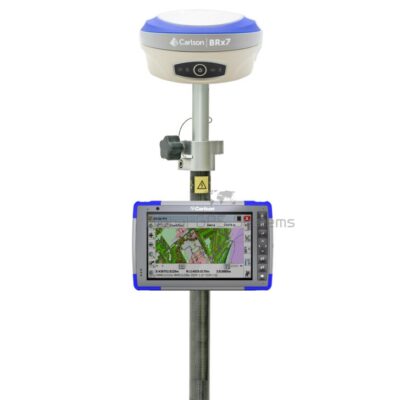Data Collectors
Data Collectors for Surveying: The Ultimate Guide for Accurate Results
Introduction
If you are new to the field of surveying, you may be wondering what data collectors and controllers are and how they are used. This article will provide a basic overview of these devices and their importance in the surveying profession.
What are Data Collectors and Controllers?
A data collector is a device that is used to collect data from surveying instruments. It typically has a screen and keyboard, and is used to input data and control the surveying instrument. Data collectors can be connected to a variety of surveying instruments, including total stations, GPS receivers, and levels.
A controller is a device that is used to control the surveying instrument. It typically has a screen and keyboard, and is used to input data and control the surveying instrument. Controllers can be connected to a variety of surveying instruments, including total stations, GPS receivers, and levels.
How Do Data Collectors and Controllers Work?
Data collectors and controllers work by connecting to a surveying instrument and collecting data from it. The data is then stored on the device, and can be transferred to a computer for processing and analysis.
Data collectors and controllers typically have a variety of features and functions, such as the ability to input data, control the surveying instrument, and display data. They may also have additional features, such as built-in GPS, wireless connectivity, and the ability to store data in a variety of formats.
some popular data collectors and controllers
Why are Data Collectors and Controllers Important in Surveying?
Data collectors and controllers are important in surveying because they allow surveyors to quickly and accurately collect data. They also make it easier to process and analyze data, which can be used to create detailed maps and designs.
Data collectors and controllers can be used in a variety of surveying applications, including boundary surveys, topographic surveys, and construction surveys. They can also be used for mapping, engineering, and GIS (geographic information systems) applications.
Benefits of Data Collectors and Controllers
There are many benefits to using data collectors and controllers in surveying. Some of the main benefits include:
-
Increased accuracy: Data collectors and controllers allow surveyors to quickly and accurately collect data, which can be used to create detailed maps and designs.
-
Increased efficiency: Data collectors and controllers make it easier to process and analyze data, which can save time and money.
-
Increased flexibility: Data collectors and controllers can be used in a variety of surveying applications, including boundary surveys, topographic surveys, and construction surveys.
-
Increased connectivity: Data collectors and controllers typically have wireless connectivity, which allows surveyors to easily share data with other devices.
-
Increased storage: Data collectors and controllers can store data in a variety of formats, making it easy to access and share data.
Different Types of Data Collectors and Controllers
There are different types of data collectors and controllers available, each with different features and functions. Some of the most common types include:
-
Handheld data collectors: These devices are portable and can be used in the field. They typically have a screen and keyboard, and are used to input data and control the surveying instrument.
-
Mobile data collectors: These devices are typically larger than handheld data collectors and are used in vehicles or on heavy equipment. They typically have a screen and keyboard, and are used to input data and control the surveying instrument.
-
Tablet data collectors: These devices are similar to handheld data collectors, but have larger screens and more advanced features. They can run specialized software and can be used for a variety of surveying applications.
-
Robotic data collectors: These devices are used in conjunction with robotic total stations. They allow surveyors to control the total station remotely, which increases efficiency and accuracy.
-
GPS controllers: These devices are used to control GPS receivers and collect data from them. They typically have a screen and keyboard, and are used to input data and control the GPS receiver.
some data collectors combined in rover sets
Choosing the Right Data Collector or Controller
When choosing a data collector or controller, it is important to consider the specific needs of your surveying project. Factors to consider include the type of surveying instrument you will be using, the type of data you will be collecting, and the specific features and functions you need.
It is also important to consider the size and weight of the device, as well as its battery life and durability. It is also important to consider the device’s connectivity options, as well as its ability to store and transfer data.
Conclusion
Data collectors and controllers are essential tools for surveying professionals. They are used to collect and store data from surveying instruments, such as total stations and GPS receivers. These devices allow surveyors to quickly and accurately collect data, which can then be used to create detailed maps and designs. With different types of data collectors and controllers available, it is important to consider the specific needs of your surveying project before making a purchase.


